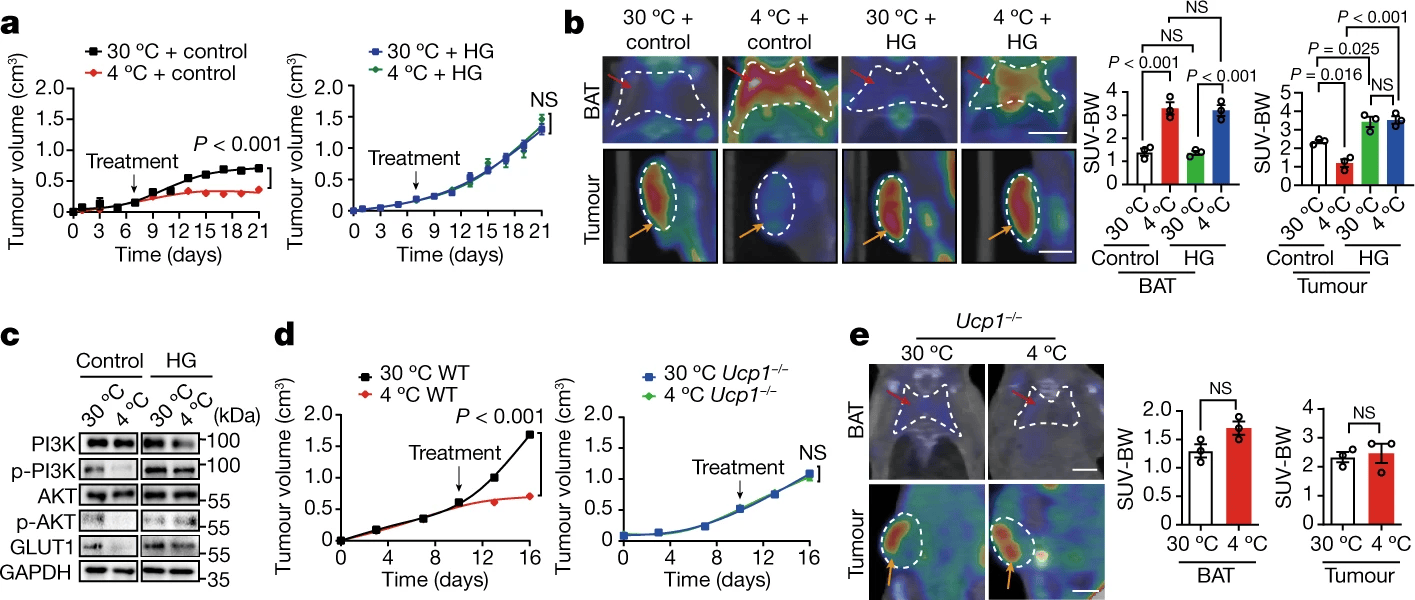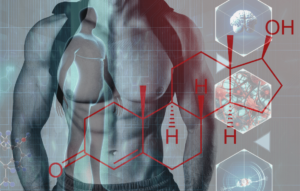You know what’s worse than jumping into an ice bath? Being told your prostate-specific antigen (PSA) is climbing, and you might want to “monitor that.” If you’re a man over 40, those three letters—PSA—can feel like a warning light flashing on your dashboard. Prostate-Specific Antigen. It’s not exactly the kind of acronym you wear proudly on a t-shirt. But what if I told you that the same shivering plunge you take to impress your friends on Instagram might actually be doing more for your prostate than all those overpriced supplements?
Let’s take a deep, frigid dive into the science, case studies, and emerging metabolic theories that are shaking up what we thought we knew about cancer, testosterone, and the humble cold plunge.
50 Years of Cancer Research: What Do We Have to Show for It?
Since the 1971 National Cancer Act, we’ve spent billions chasing a cure for cancer using surgery, radiation, and chemotherapy. These allopathic methods have their place, but with over 200 types of cancer and an annual death toll only behind heart disease, it’s safe to say the results have been…underwhelming.
Yes, survival rates have improved for certain cancers, but the lion’s share of that progress stems from behavioral changes (like quitting smoking), not blockbuster treatments.
So, where did we go wrong? According to Dr. Thomas Seyfried, author of Cancer as a Metabolic Disease, we’ve been focusing on the wrong DNA.
The Metabolic Theory: It’s Not the DNA in the Nucleus—It’s the Mitochondria
Most cancer research targets the DNA in our cell nuclei, assuming that genetic mutations lead to cancer. But Seyfried suggests it’s mitochondrial dysfunction that starts the fire. Mitochondria are the energy plants of our cells, and when they get overwhelmed by too much glucose, they fall apart. Enter oxidative stress, free radicals, and…you guessed it, cancer.
When mitochondria go offline, the cell switches to a more primitive energy pathway known as the Warburg Effect: a fast-but-dirty way of fueling up using fermentation of glucose. It’s like switching from premium fuel to moonshine. Efficient? No. Fast? Yes. Cancer loves fast.
And here’s the kicker: Cancer cells are glucose addicts. They don’t thrive on fat. They can’t use ketones. Which brings us to a brilliant question…
Can You Freeze Cancer to Death?
After being diagnosed with terminal leukemia, Dean Hall decided to swim the entire length of Oregon’s Willamette River. Every day, he immersed himself in frigid water. Every day, he pushed his body through a glucose-starved, fat-burning, ketone-producing state.
He didn’t die. In fact, his cancer went into remission.
Coincidence? Maybe not.
A groundbreaking 2022 study published in Nature backs up the metabolic theory. Mice exposed to 4°C air developed brown fat, slashed their blood glucose levels, and showed drastically slowed tumor growth.

Brown Fat: Your Internal Furnace and Cancer-Fighting Ally
Unlike white fat (the jiggly kind), brown adipose tissue is mitochondria-rich and metabolically active. When you expose your body to cold, it lights up brown fat like a furnace, burning glucose and producing heat.
The Seki study found that cold-activated brown fat pulls glucose away from tumors. Less fuel = less growth. Better yet, this effect was reversed when glucose was reintroduced at high levels, further proving that cancer thrives on sugar.
Ketones and Cold: A Double Whammy
While intermittent fasting and keto diets are known to generate ketones—an alternative fuel your body can use when carbs are scarce—cold exposure may be the fastest way to spike those ketone levels. In the Seki study, they didn’t even measure ketones in the cold-exposed mice, which may have downplayed one of cold therapy’s strongest effects.
And remember, ketones aren’t just an alternative fuel. They’re toxic to cancer cells. A 2014 study by Poff et al. found that even supplementing ketones extended the lifespan of mice with metastatic cancer. Add a ketogenic diet on top of that, and in one study, pancreatic cancer survival tripled (Yang et al., 2022).
PSA, Testosterone, and the Prostate: The Ice Bath Connection
Dr. Thomas P. Seager, a civil engineer turned cold therapy evangelist, took matters into his own hands when his PSA crept into red flag territory. Instead of a biopsy or surgery, he opted for:
Daily ice baths at 34°F for 2–4 minutes
Weekly 24-hour fasts
Low-carb cycling to reach and exit ketosis
Exercise post-plunge to accelerate rewarming
The result? His PSA dropped like a rock—from 7.0 to 1.8 ng/mL—and his testosterone soared past 1100 ng/dL.
Let that sink in. Most men at 56 are trying to cling to mid-range testosterone levels. This guy’s hitting numbers that’d make a twenty-something jealous.
And if you’re still worried that testosterone might fuel prostate cancer, don’t be. That myth has been thoroughly debunked. Higher T may actually help protect against prostate issues.

Real People, Real Tumor Shrinkage
One woman with an inoperable liver tumor spanning over half her liver turned to ketosis, intermittent fasting, aerial yoga, and cold exposure after conventional medicine gave her no treatment options.
Two months later, her labs came back clean. No Type 2 diabetes, no hormone issues, no inflammation, and eventually, her tumor shrank.
Coincidence? Possibly. But when you see case after case of people changing their metabolic environment and watching tumors retreat, it’s hard not to connect the dots.
Tumor Shrinks by More Than an Inch After Ice Baths
In another case shared by Seager, a woman went from an 8.4 cm tumor to 5.7 cm—after starting a protocol of once- or twice-daily ice baths. When your doctor says, “There’s nothing more we can do,” sometimes the best therapy is what you do for yourself.
The Nature study boldly stated:
“Cold-induced antitumour activity is at least equivalently potent to most anticancer drugs.”
— Seki et al., 2022
It’s low-cost, widely accessible, and can be done at home. Cold exposure isn’t magic—it’s metabolism. And metabolism is something you can influence every single day.
The Testosterone Myth: Higher T, Lower Risk?
For decades, doctors were quick to lower testosterone in men with prostate concerns, fearing it would stoke cancer growth. But newer research confirms: that advice was dead wrong.
Doubling testosterone does not increase prostate cancer risk.
Low testosterone doesn’t offer protection.
High T may actually correlate with healthier prostate function and lower PSA.
In fact, Dr. Abraham Morgentaler—the urologist who challenged decades of anti-testosterone dogma—calls the old theory “one of the greatest medical myths.”
So if your urologist is still living in the hormonal Dark Ages, it might be time to find one who’s read a journal since 2010.
Bonus Mechanism: Cold Shock Proteins Repair Damaged DNA
Still not convinced? Let’s throw in a third mechanism: cold shock proteins.
New research from the University of Rochester suggests that cold-induced RNA-binding proteins (CIRBP) help repair damaged DNA in the cell nucleus. This may explain how animals like bowhead whales can live 200 years without succumbing to cancer (Firsanov et al., 2023).
In short, cold immersion may not just slow cancer—it might actually help the body repair itself at the cellular level.
The Prostate Protocol: What Worked for Seager
Here’s the full cold-metabolic cocktail Seager used to lower his PSA and raise his testosterone:
Ice baths at 34°F, 6x/week, for 2–4 minutes
24-hour fasts, weekly
Low-carb/keto eating several days per week
Strategic reintroduction of carbs (honey, fruit, sourdough)
Post-cold plunge light workouts
Occasional red wine (Huberman might cringe, but Seager’s fine)
And for the record: Seager isn’t a doctor. He’s a civil engineer. But the results speak for themselves.
Final Thoughts: Should You Take the Plunge?
Let’s be clear—none of this is medical advice. But if the data, the case studies, and the mechanisms are to be believed, then your daily ice bath could be more than just a mental toughness ritual.
It could be:
Reducing your PSA
Increasing your testosterone
Enhancing your mitochondrial resilience
Clearing glucose from your bloodstream
Producing ketones that are toxic to tumors
Stimulating cold shock proteins that repair your DNA
All from a few minutes a day of shivering.
Sure, you could wait for the next $200 billion to find a miracle drug. Or, you could spend $200 on a horse trough, some ice bags, and a timer. Your choice.
And if you’re already plunging, document your journey. We need more data. More stories. More brave men are putting down the prescription pad and picking up the plunge.
Sometimes, the best way to heal the body is to chill it.









